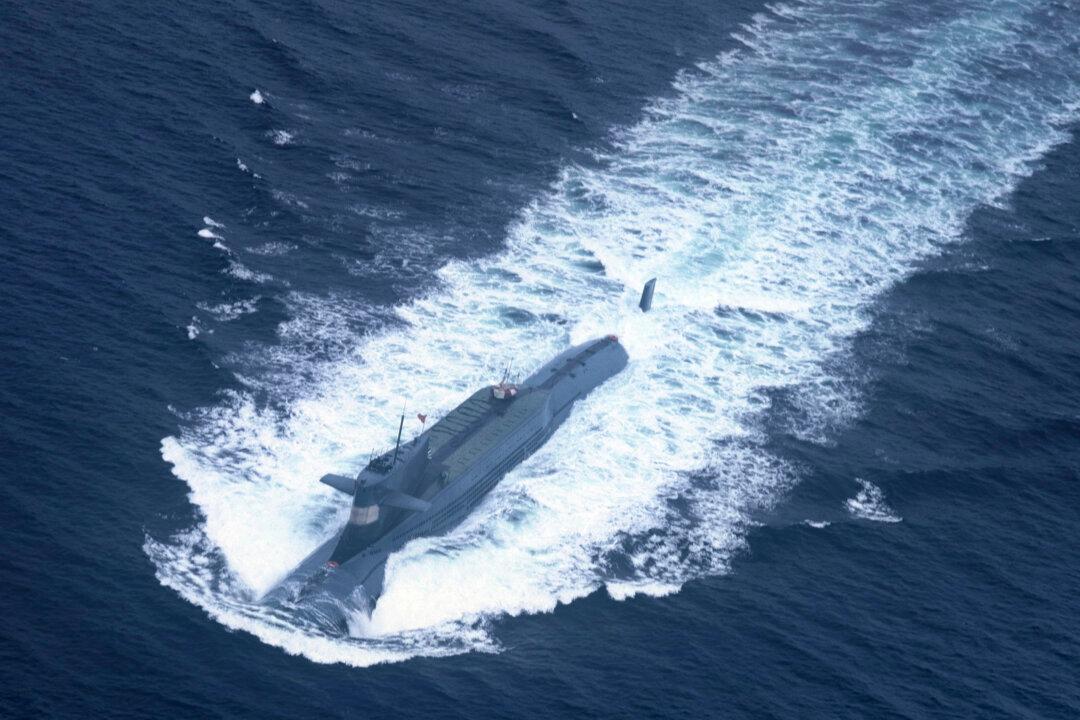Seabed warfare is a new kind of hybrid armed conflict that targets ocean-floor infrastructure like under-sea power and telecommunication cables, as well as natural resource extraction and transportation systems. It is emerging as an important component of Chinese operations to win future wars.
“If we hope to get unknown ... underground resources in the deep sea, we must get in and explore the deep sea, as well as master key technologies for the exploration of the deep sea,” Chinese leader Xi Jinping said at the biennial conference on science and technology of China’s top think tanks in Beijing on May 30, 2016.





